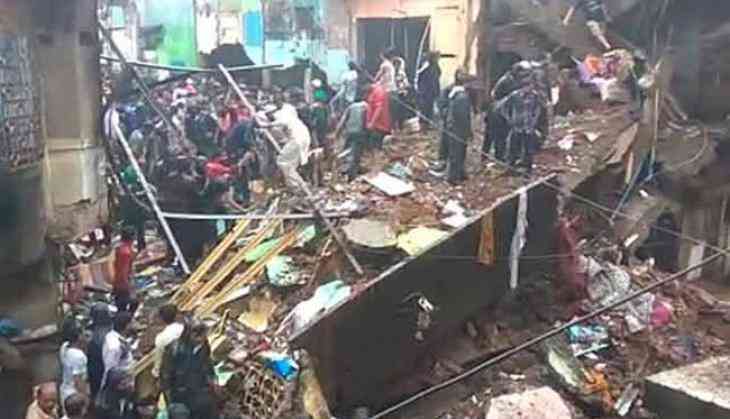
Last December's incident of Mumbai's Kamla Mills catching fire, claiming the lives of 14 people, including 11 women, and suffering extensive damage to the property, has once again highlighted the fact that India's main, cramped and increasingly urbanised metros are virtual tinderboxes because of the existing policy governing fire safety measures.
National capital New Delhi is as much under the radar as well for not only falling short of meeting acceptable standards of fire safety but also, found wanting on sanitisation and environment-related issues such and norms such as ventilation, crowd control, waste disposal, health and hygiene.
Town planning experts such as Dikshu C Kukreja, an architect by profession, feel that the national capital should not wait for a Kamla Mills like a tragedy to happen and result in the snatching of precious lives.
"He said, "In the 70 years since independence, we have created an environment where local bodies have failed to deliver. The Master Plan of Delhi has a 20-year horizon, and ten years elapse before it actually gets even notified, which is the official milestone for it to be an enforceable document. The Master Plan fails to recognise the needs of the citizens, the challenges of urban migration, the changing socio-economic patterns."
A majority of concretised buildings in Delhi do not meet safety norms, despite solutions being well within reach.
Experts are on record as saying repeatedly that safety audits must be carried out at the grassroots level without fail and add that safety measures can be introduced and incorporated as per latest bylaws and technology available.
"We must frame guidelines to ensure that buildings are maintained regularly. Audits must be carried out and safety certificates issued over time. Just as vehicles are checked for pollution, our built environment, with shared ownership, whether residential, office, retail or any other, fall apart because some users do not contribute to maintenance charges," Kukreja felt.
As a society, therefore, there is a need to understand the importance of upkeep of our built environment. Proper nurturing can ensure healthy survival of buildings in metros like Delhi, Mumbai, Chennai and Kolkata.
For example, if we take the upscale Khan Market, said to be the most expensive retail space not only in India but in Asia, much has been written about its commercial activity on the upper floors being unsafe. According to architectural experts, safety can be ensured by just constructing an external walkway running along the length of the market, which can also serve as a route for escape in the event of a fire breaking out.
Successful examples of one-time shop-cum-homes being converted into great retail centres can be seen in Singapore, Hong Kong, Europe and the United States.
At the individual level, restaurant owners must comply with the National Building Code. The poor legislation is also a major cause of tragedies like the one that engulfed Kamla Mills.
--ANI


